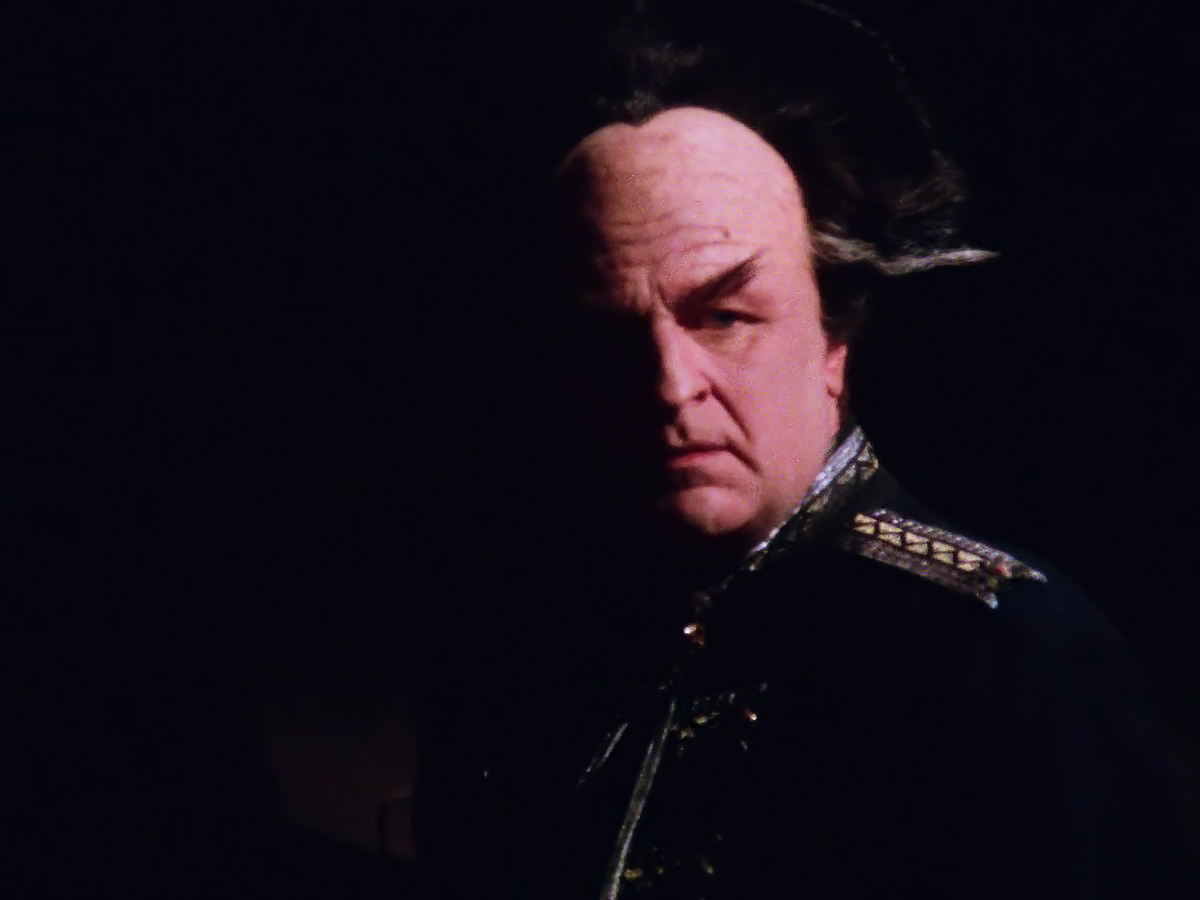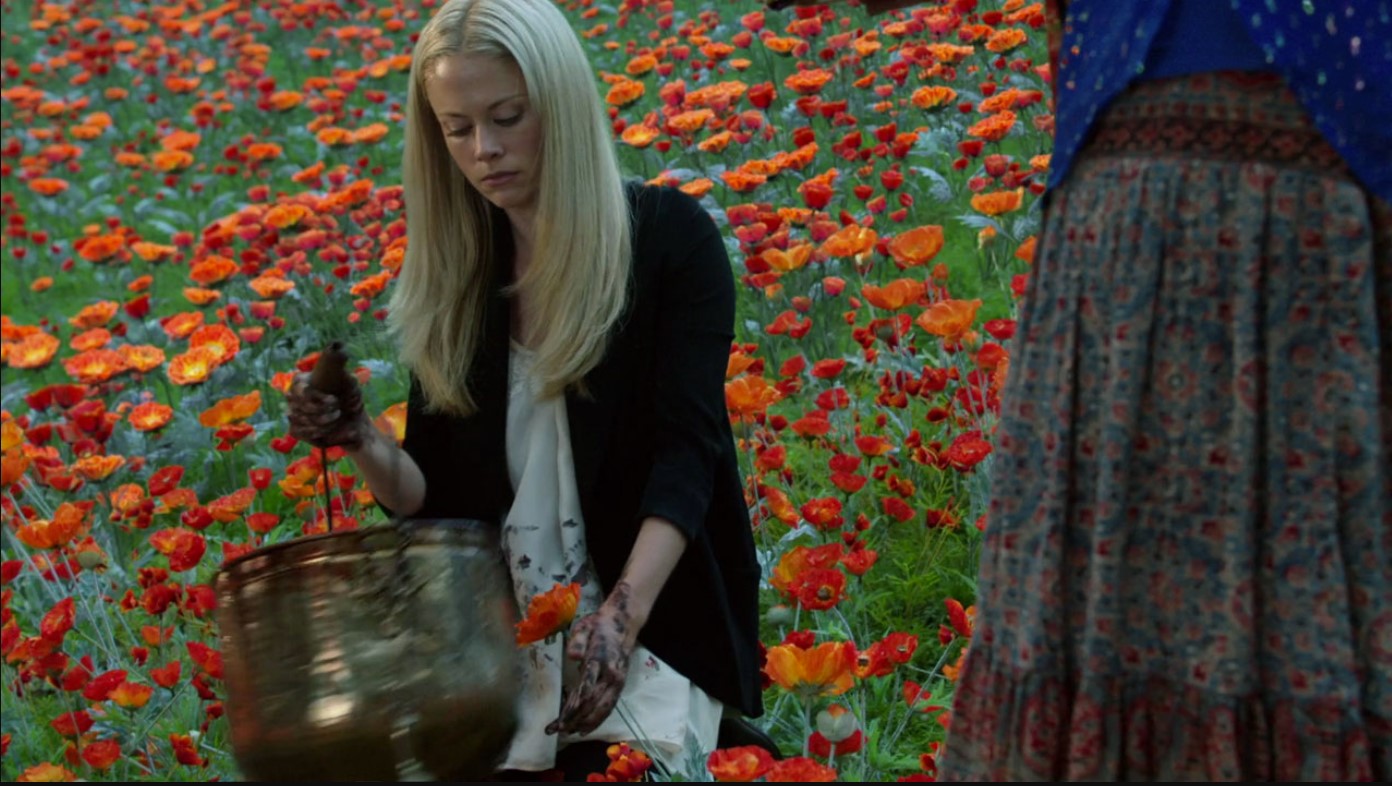Bad to the Bone
When redemption is the road not taken, a fall arc is in the making

In a previous post I talked about using Inanna’s Descent as a model for a redemption journey. I’ve recently watched the video below about Inanna at the Table of Gods vlog on YouTube. You may have seen that channel on my list of worldbuilding resources on my writer’s resouces page. The vlogger, Arim Hawsho, compellingly tells the story of Inanna’s descent, and draws three lessons from it. For this post I’m going to focus on Lesson 3, because it strikes me as pertinent if you want to write a really good negative fall arc. In such an arc, the Journeyer falls into darkness, and has a tragic outcome.
Hawsho’s third lesson is this: some people don’t change. Inanna herself does not appear to change; she sends her husband to the underworld and does little to help him. In a fall arc, you might send your Journeyer on what should be a redemptive journey, but it’s not. It could be on account of any number of character flaws. In his first lesson Hawsho points out Inanna’s pride. The goddess’s pride is invincible, and she will not be moved to change — only to avoid the previous mistake. In her two-parter on the role of the antagonist, K.M. Weiland makes a cogent point about the structural purpose of the antagonist at the midpoint:
Usually, the protagonist and the antagonist will come together in a significant confrontation of some sort at the Midpoint. Often, the antagonist will be the one who seems to emerge victorious.
However, because the Midpoint and its Moment of Truth function as a major wake-up call for the protagonist, the antagonist’s seeming victory is often the result of the antagonist’s making a big move that ends up showing the protagonist the holes in her approach.
The antagonist may “win” the Midpoint as a result, but because he fails to walk away with the same insights as the protagonist, he will not subsequently have the capacity to grow and adapt in the second half of the story. He will likely leave the Midpoint from a place of power, but however potent it may still be, it will prove to be a dwindling reserve throughout the rest of the story.
Emphasis mine. I like this point, because it ties into advice I give to friends in relationships with dysfunctional people: no one changes when they get everything they want by being themselves. If behavior is rewarded — getting what you want — you get more of it. If pushing a button gets you a gold coin, why would you stop pushing it? Duh. But if you push a button and a snake bites you, you wouldn’t keep pushing it, unless you were being dumb. As I said in my post on redemption arcs, the villain needs to see incontrovertible proof their outlook and approach is wrong, or they will not be open to change. Thus, winning the midpoint cements the villain’s belief she is right, and she will therefore not change. Note this observation ties into what Kim E. Hudson says in The Virgin’s Promise, concerning the unredeemable force oppressing the Penelope Journeyer or the Penelope’s kingdom:
If the Kingdom and the Journeyer are oppressed by a force that refuses to grow and reform, the force must be eliminated.
This elimination, which comes at the Rescue plot point, is not a job for the Penelope Journeyer. Rather this task is for the “Odysseus,” a Mythic hero or heroine: Protecting the kingdom from a threatening force is explicitly the job of the Mythic Journeyer, and they may wield violence to that end.
Food for thought if you want the villain’s end to be especially delicious and thought-provoking: the villain is given a chance to repent, to change, to grow, but rejects every opportunity, and forecloses all chance of redemption. I’m reminded of Londo Mollari’s character arc in Babylon 5, where prophetess Lady Morella — played by Majel Barret! — tells him he will have had five opportunities to redeem himself, and he’s already wasted two. If he wastes the other three, there will only be one outcome left for him …
You still have three opportunities to avoid the fire that waits for you at the end of your journey. You have already wasted two others.
You must save the eye that does not see.
You must not kill the one who is already dead.
And at the last, you must surrender yourself to your greatest fear, knowing that it will destroy you. Now, if you have failed all the others, that is your final chance for redemption.
What Londo fears of course is a recurring dream where he is strangled to death by an ambassador, G’Kar, a Narn (alien) whose planet was twice conquered and oppressed by Londo’s people, the Centauri (also aliens). And Londo is asking her about his future because he earlier made a deal with figurative devils, and was thus told a prophecy by a technomage:
I’m afraid you’re going to have to spend the rest of your life paying for your mistakes. … You are touched by darkness, Ambassador. I see it as a blemish that will grow with time. I could warn you of course but you would not listen. …
As I look at you, Ambassador Mollari, I see a great hand reaching out of the stars. The hand is your hand. And I hear sounds, the sounds of billions of people calling your name.
Londo: My followers?
Your victims
Of course, all is not precisely as it seems with respect to Londo’s greatest fear, but I will not spoil the reasons why. Nor spoil whether or not he does redeem himself. It’s a fun discussion fans of Babylon 5 enjoy, but if you have time to catch the show for free on Tubi or the Roku Channel, you may enjoy studying Londo’s arc. He’s an amusing and complex character.

Instead of going too deep into Londo’s arc, I’m going to borrow another character to make a point: let me introduce you to Adalind Schade, an unequivocal villainess from Grimm. In the world of Grimm, some people are Wesen: these are humans with beastly or otherworldly aspects to them. When they “woge” their faces and bodies change into those of a wolf, a fox, a mermaid, or something that looks like the devil (red and horned), among other options. A hexenbiest Wesen looks like a rotting dead woman in her woged state, in which she also has supernatural strength and telekinesis. The Grimms are humans with the power to see Wesen even when they don’t wish to be seen (woged) by other humans. Grimms are referred to as “decapitare” by some Latin-speaking Wesen, because traditionally, Grimms behead Wesens.
In season one Nick Burkhardt, a newly activated Grimm, battles hexenbiest Adalind because she’s been trying to murder his aunt, who is a veteran Grimm. Nick’s aunt possesses a mysterious key coveted by Adalind’s faction; this key will underpin a mystery spanning several seasons. In the aftermath of their battle Nick takes away Adalind’s hexenbiest powers, rendering her into an ordinary woman, albeit with knowledge of witchcraft via her grimoire. She’s brokenhearted by the loss of her powers, and her own mother disowns her for losing them.
When she gets the chance to get her powers back a few seasons later, she doggedly undergoes a gruesome ordeal. Just watching it I said out loud, “you’ve got to be kidding me,” a few seconds before Adalind herself would say this. Her “quest” was a darker version of the three impossible tasks a fairy tale princess might undertake for a boon.

Got it? Adalind was desperate to get her powers back, and she was willing to go through a hellish ritual to obtain them. Then comes the day when she must truly reap what she’s sown. Her actions bring her to a Gate, if you will: continue on her destructive path, or surrender a weapon. Turning from the Gate is impossible; the only way to save her child (and by extension herself) is to yield up the very powers she fought so hard to get back. That was the clue for me that she could stick the landing on a redemption arc, because she herself came up with the idea, and saw it through without hesitation.
Whether or not your character pursues or rejects redemption, the choice is satisfying when they come to a definitive a fork in the road: give up the thing that matters most to them, or be damned. This is key. The “weapon” the Gate demands will most likely be integral to what the character considers herself to be. Inanna was too prideful to change, and as far as I can tell, none of the Gates she faced required her to give up this facet of herself. Her external trappings, yes, but not (for instance) her status as goddess, or her portfolio of powers (love, fertility, war, whatever else Sumerians said she was goddess of). Perhaps this is why she did not change …
In The Hero with a Thousand Faces, Joseph Campbell invokes King Minos, who is meant to sacrifice a divine bull to Poseidon, but instead keeps it and is cursed with the Minotaur. This incident, by the way, opens chapter three, “Refusal of the Call.”
Yep. A genuine Refusal of the Call results in stagnation, loss, decay, tragedy, and death. Campbell says,
The myths and folkales of the whole world make clear that refusal [of the call] is essentially a refusal to give up what one takes to be one’s own interest. The future is regarded not in terms of an unremitting series of deaths and births, buts as though one’s present system of ideals, virtues, goals, and advantages were to be fixed and made secure.
A fairy-tale journey is frequently cyclical, where the first journeyer completes the journey, then chooses someone else to take it. This is a call to adventure, which a villain may refuse at the end of your story. Harry Potter invited Voldemort to take the journey to redeem himself in The Deathly Hallows. But of course, Voldemort would not let go of his hatreds, pride, or fear of death.
Again, the villain who refuses to change, to grow, to answer the call to do so, is the one who must be destroyed by the Mythic Journeyer. The point is here is that an optimistic Journeyer with a moral compass may balk at killing the villain, preferring to seek the villain’s redemption. But if the villain is put through the redemption arc, and categorically rejects the need to turn to the Light Side, “all systems are go” on said villain’s demise. If your villain has “the One Ring” as it were, he may insist on keeping it, believing for one reason or another that he must retain it. It’s up to you, as the writer, to make this One Ring compelling enough for the villain to refuse to toss it away. Tie this with the beats of Inanna’s journey and you make for an amazing fall arc.
Incidently, Londo Mollari comes to such a Gate in an episode, “The Long Night of Londo Mollari.” Seriously, study his arc!
Ahem. So. If you’re writing a series / trilogy, and you really want to create a rich antagonist whose fall and tragic end can move readers, then understanding structure, and the purpose of structural and narrative beats, e.g., the midpoint and the refusal of the call can be your friend. Remember, the beats aren’t strait jackets or railroads. If you know their purpose you can wield them with surgical precision to serve the needs of your story and themes.
